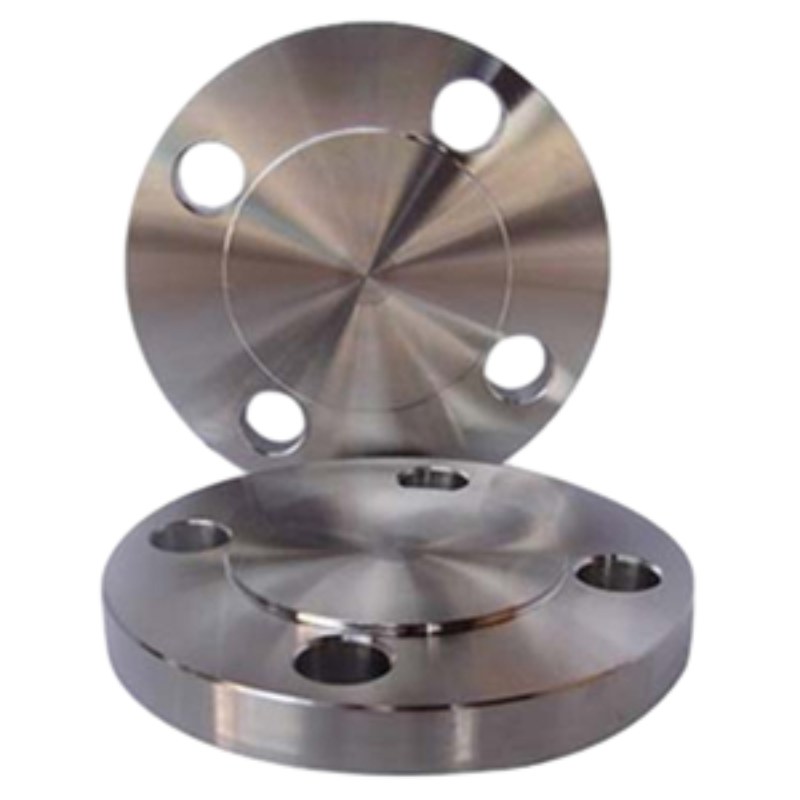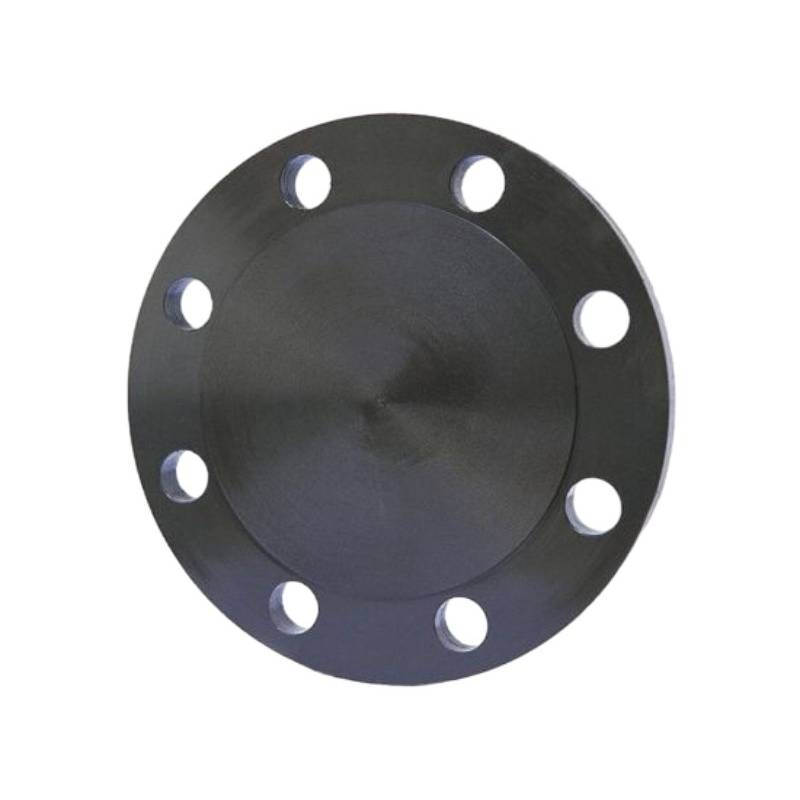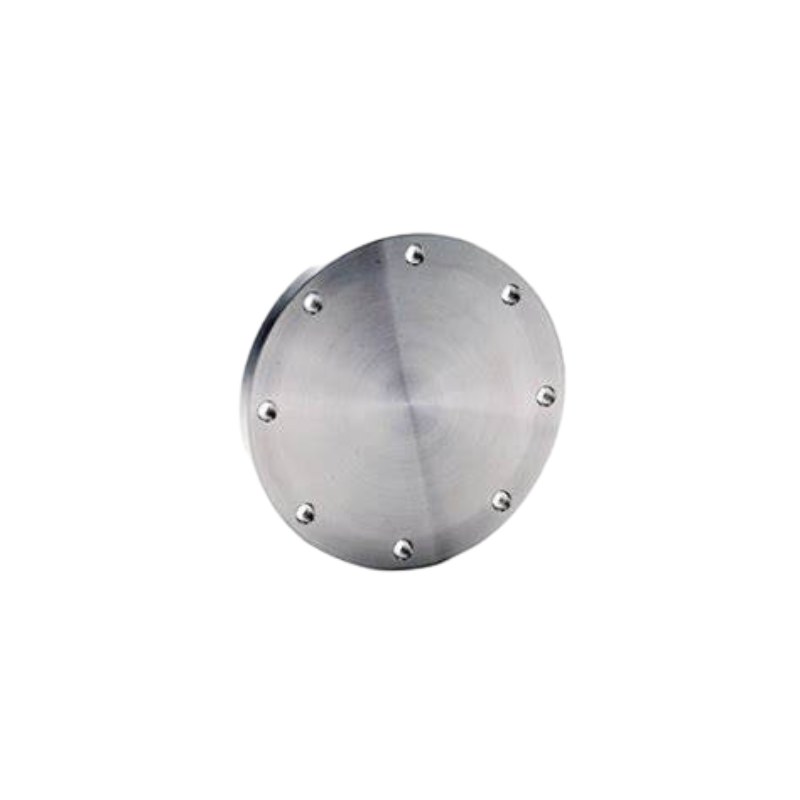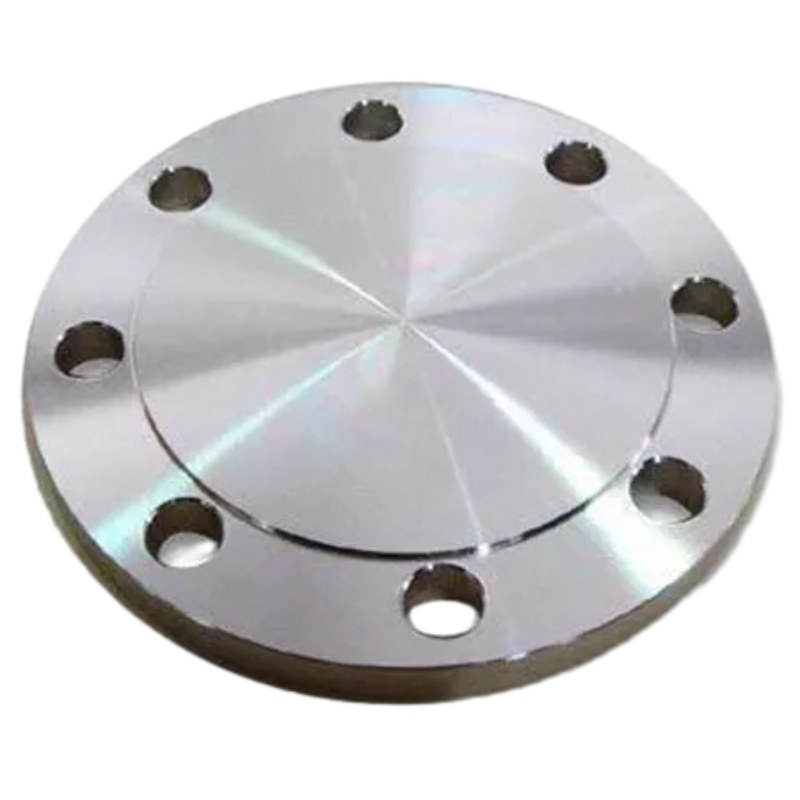-
Robust Design: Iyo GOST 12836-67 Blind Flange inoratidzira ndiro yakati sandara, yedenderedzwa ine maburi ebhaudhi akaenzana akatenderedza perimita. Iyi dhizaini inobvumira kurongeka nyore uye bhaudhi kune iyo mating flange, ichipa yakasimba uye yakagadzikana yekuvhara mhinduro yemapombi masisitimu.
-
Kuvhara Kwakachengeteka: Kana yaiswa pamagumo epombi, iyo flat face yeGOST 12836-67 Blind Flange inogadzira chisimbiso chakasimba, kudzivirira kubuda kwemvura uye kuchengetedza kutendeseka kwepiping system. Iyi yakachengeteka yekuisa chisimbiso kugona inovimbisa kuita kwakaringana uye kuchengetedzeka, kunyangwe pasi pemamiriro ekushanda zvakanyanya.
-
Yakasiyana-siyana application: Kubva pamafuta uye gasi zvinonatsa kuenda kumakemikari ekugadzira zvidyarwa uye network yekugovera mvura, GOST 12836-67 Blind Flanges inowana kushandiswa kwakasiyana-siyana mumaindasitiri akasiyana. Ingave ichishandisirwa zvinangwa zvekuzviparadzanisa nevamwe, kuyedzwa kwekumanikidza, kana kuvharwa kwenguva pfupi, aya maflange anopa kuvimbika uye kusimba mumasisitimu akakosha epombi.
-
Durable Construction: Yakagadzirwa kubva kumhando yepamusoro-soro senge kabhoni simbi, simbi isina tsvina, kana alloy simbi, GOST 12836-67 Blind Flanges inoratidza kusimba kwakasiyana uye kusimba. Iwo akagadzirwa kuti akwanise kumira nemamiriro ekushanda akaomarara, anosanganisira nharaunda dzinoora, tembiricha yakakwira, uye kudzvanywa kwakanyanya, kuve nechokwadi chekushanda kwenguva refu uye kuvimbika.
-
Precision Injiniya: GOST 12836-67 Blind Flanges inopinda machining chaiwo uye maitiro einjiniya kuti asangane nekushivirira kwakasimba uye kupedzisa kwepasi zvinodiwa. Kurongeka uku kunogonesa kuenderana uye kuchinjika nemamwe maflange akajairwa, kufambisa kusanganisa kusanganisa mumapombi masisitimu uye kuderedza njodzi yekuvuza kana kutadza.
-
Kuisa nyore: Kuisa GOST 12836-67 Blind Flanges inoshanda uye yakatwasuka, inoda kurongeka kwakapfava uye bolting kumagumo epombi. Zviyero zvavo zvakamisikidzwa uye dhizaini inofambisa nyore kubatanidzwa mumapombi aripo, kuderedza nguva yekuisa uye mutengo wevashandi.
Zvinokosha:
- Robust dhizaini yekuvhara yakachengeteka
- Chengetedza chisimbiso ne flat face design
- Yakasiyana-siyana application mumaindasitiri
- Kuvaka kwakasimba kwekuita kwenguva refu
- Precision engineering yekushivirira kwakasimba
- Kureruka kwekugadzika nekugadzirisa nyore uye bolting
Material Selection for GOST 12836-67 Blind Flanges: What You Need to Know
When it comes to GOST 12836-67 blind flanges, selecting the appropriate material is crucial for ensuring functionality, safety, and longevity in various applications. GOST standards, established by the Euro-Asian Council for Standardization, Metrology and Certification, guide the specification of materials to maintain the integrity of piping systems.
Key Considerations for Material Selection:
1. Corrosion Resistance: One of the primary factors in choosing a material for GOST blind flanges is its ability to resist corrosion. Stainless steel (such as 304, and 316) is a popular choice due to its excellent resistance to oxidizing environments. For applications involving aggressive chemicals, alloys like Inconel or Monel are often considered.
2. Pressure and Temperature Rating: GOST blind flanges need to be rated for the specific pressure and temperature conditions they will face. Material selection must align with the service conditions to avoid failure. For high-pressure applications, carbon steel flanges can be suitable, provided they are properly treated or coated.
3. Weldability and Machinability: Depending on installation requirements, the selected material should offer appropriate weldability and machinability. If modifications or on-site fabrication are necessary, choosing materials that can be easily welded is essential.
4. Standards Compliance: Ensure that the materials selected comply with all relevant GOST standards. This not only guarantees quality but also maintains compatibility within the piping system.
5. Cost-effectiveness: While material selection should prioritize performance and safety, cost considerations also play a significant role, especially in large-scale projects. Finding a balance between budget and quality is essential.
Differences Between GOST 12836-67 Blind Flange and Other Flange Standards
When comparing the GOST 12836-67 blind flange with other flange standards, several key differences emerge that reflect the unique characteristics and applications of the Russian standard. The GOST (Gosudarstvennyy Standart) system is a set of regulations and guidelines that govern various industrial products, including blind flanges, which are used to seal off piping systems.
One of the primary differences lies in the dimension and pressure rating classifications. GOST 12836-67 blind flanges are specifically designed according to Russian specifications, with dimensions that may differ significantly from those outlined in ANSI, ASME, or ISO standards. For instance, while ANSI/ASME flanges are typically categorized into nominal pipe sizes (NPS) and pressure classes, GOST flanges feature a unique set of sizes and pressure ratings, making it essential for engineers to select the appropriate type based on regional standards.
Another notable difference is the material composition. The GOST standard emphasizes the use of specific materials that are suited for the harsh Russian climate and industrial requirements. While common materials such as carbon steel and stainless steel are also used in other standards, GOST may specify additional material grades to accommodate unique environmental challenges, including extreme temperatures and corrosive conditions.
Additionally, the manufacturing and testing processes for GOST 12836-67 blind flanges are subject to local industry regulations, which might include stricter quality assurance protocols compared to other international standards. This ensures that the flanges not only meet dimensional specifications but also effectively withstand the pressures and temperatures expected in typical applications within Russia.
In summary, while GOST 12836-67 blind flanges share similarities with other flange standards, their unique dimensions, material requirements, and quality assurance processes set them apart. Understanding these differences is crucial for engineers and designers when selecting flanges for specific applications in diverse geographical locations.


















